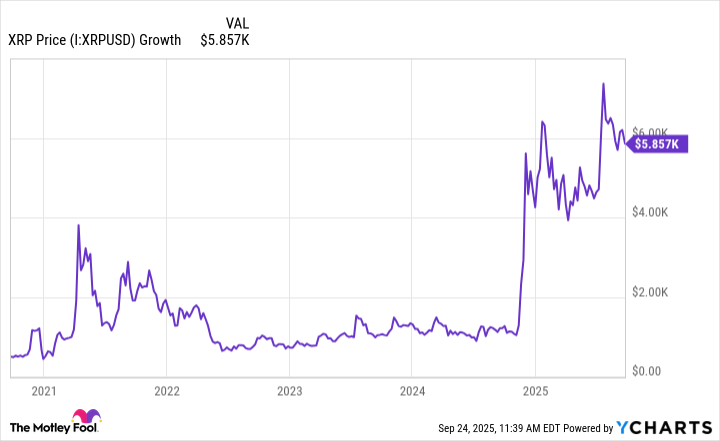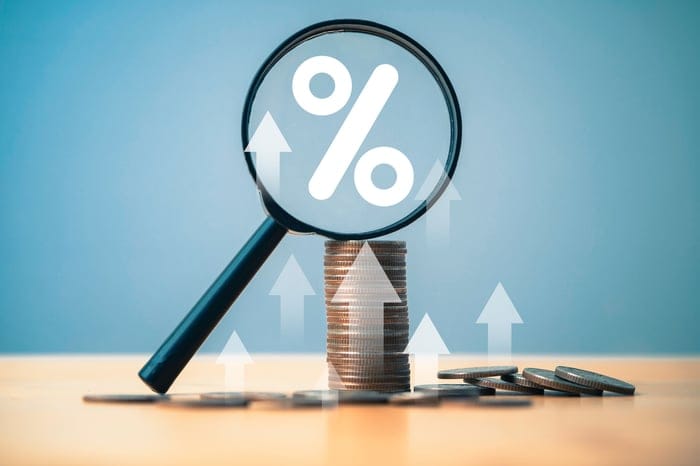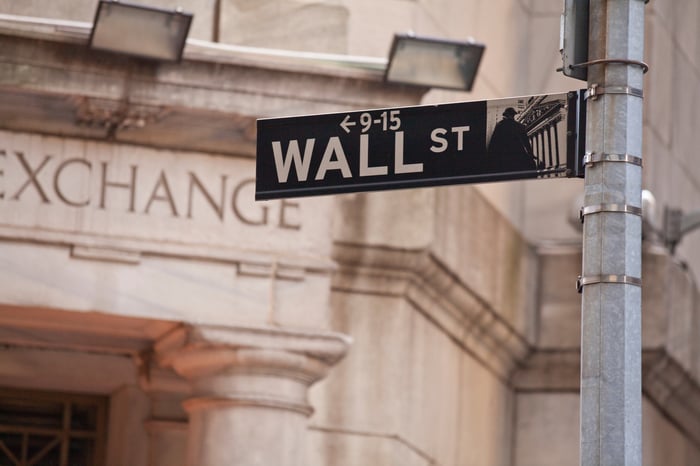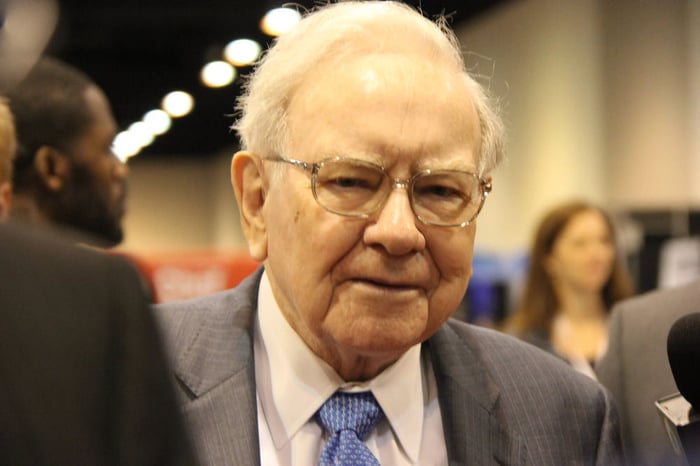Howard Rubn, facing charges of sex trafficking and transporting women across state lines for commercial sex acts over 10 years, pleaded not guilty Friday in federal district court in Brooklyn, N.Y. File Photo by Justin Lane/EPA
Sept. 27 (UPI) — Howard Rubin, a former prominent bond trader, and his ex-personal assistant are facing charges of sex trafficking and transporting women across state lines for commercial sex acts over course of a decade.
Rubin, 70, was arrested Friday at his home in Fairfield, Conn, the Department of Justice said.
At a hearing, he pleaded not guilty and federal Magistrate Judge Peggy Kuo in Brooklyn, N.Y., ordered him held without bond. His attorney Benjamin Rosenberg had hoped for a $25 billion bond.
Rubin worked for Salomon Brothers, Merrill Lynch, Bear Stearns and billionaire George Soros‘ investment company from 1982 to 2015.
If convicted of sex trafficking, Rubin and his assistant, Jennifer Powers, 45, each face a maximum possible sentence of life in prison and a mandatory minimum sentence of 15 years in prison, DOJ said. If convicted of transporting women to engage in commercial sex acts, they face a maximum sentence of 10 years’ imprisonment on each count.
If Rubin is convicted of bank fraud, that charge carries a maximum of 30 years’ imprisonment.
Prosecutors said they feared Rubin was a flight risk and he was considering hiring a “hit man to target women who had filed a civil suit against him.”
Rubin had more than $74 million in a Cayman Islands account, prosecutors wrote in a letter to the judge, which is just a portion of his “extraordinary wealth,” including funds held in accounts overseas. The prosecutors also noted allegations of previous witness intimidation and victims that were “universally” afraid of him.
“Today’s arrests show that no one who engages in sex trafficking, in this case in luxury hotels and a penthouse apartment that featured a so-called sex ‘dungeon,’ is above the law, and that they will be brought to justice,” Brooklyn U.S. Attorney Joseph Nocella said in a statement.
“Human beings are not chattel to be exploited for sex and sadistically abused, and anyone who thinks otherwise can expect to find themselves in handcuffs and facing federal prosecution like these defendants,” she said.
Rubin’s hearing was delayed by a medical incident and then he was evaluated at a hospital after he had a stroke in July, according to his attorney.
At least $1 million of Rubin’s money was spent on the alleged sex trafficking, prosecutors said. The incidents occurred from at least 2009 through 2019, according to the indictment, with the victims were listed as “Jane Does” in the filing.
In addition to Jane Does listed in the charges, federal prosecutor Tara McGrath said that there are dozens more unnamed victims and that there are 10 other people who helped Rubin carry out the scheme who have not been charged, the New York Times reported.
In the 10-count indictment obtained by CNBC, Rubin is accused of participating in sex acts with women in luxury hotels in New York City. He later created a “sex dungeon” — which included equipment for bondage and a device to “shock or electrocute women” — in a leased penthouse apartment in Manhattan near Central Park, according to the indictment. The apartment, it said, was rented for $18,000 per month from 2011 to 2017.
“During many of these encounters, Rubin brutalized women’s bodies, causing them to fear for their safety and/or resulting in significant pain or injuries, which at times required women to seek medical attention,” the indictment read.
The women were allegedly given drugs and alcohol before their sex acts, and Rubin the required the women to sign nondisclosure agreements.
The agreements “purported to require the women to assume the risk of the hazards and injury of the BDSM encounters with Rubin, prohibit the disclosure of information about the BDSM sex with Rubin and require the payment of damages in the event of a breach,” the Brooklyn U.S. Attorney’s Office said.
“Rubin used the NDAs to threaten the women with legal consequences and public shaming if they sought legal recourse,” the office said.
Powers, who allegedly spent $1 million of Rubin’s money for “operating and maintaining the trafficking network, was arrested at her home in Southlake, Texas. She is scheduled to appear at a hearing in the Northern District of Texas next week and then will be arraigned in the Eastern District of New York.
In the indictment, Rubin and Powers discussed electrocuting a tied-up woman’s genitals.
“I don’t care if she screams,” he wrote, along with the laughing face emoji, according to the indictment.
“This was not a one-man show,” Harry T. Chavis, special agent in charge in New York, said in a statement. “While Rubin dehumanized these women with abhorrent sexual acts, Powers is alleged to have run the day-to-day operations of the enterprise and got paid generously for her efforts.”
The women would receive $5,000 per encounter, but if he was left unsatisfied, they would be paid several thousand dollars less, according to prosecutors. Powers arranged women’s flights to New York from LaGuardia or John F. Kennedy International airports.
This is not the first time Rubin has been in legal trouble over sex abuse or sex trafficking allegations.
In November 2017, three Playboy models sued him, claiming they were beaten, sexually abused and rape by him in New York City in 2016.
In April 2022, a civil jury in Brooklyn federal court found Rubin guilty of sex trafficking six women. He was ordered to pay $3.85 million in compensatory and punitive damages. Powers was not found liable in this case.
Rubin’s longtime wife, Mary J. Henry, accused him of sexual abuse in divorce papers filed in 2021. They were married in 1985.
The U.S. Attorney’s Office didn’t comment to CNBC on why it was eight years between the first lawsuit and a criminal indictment.
Michael Lewis‘ book, Liar’s Poker, examined the workings of Solomon Brothers in the 1980s.
“Of all the traders, Rubin displayed raw trading instinct,” Lewis wrote about Rubin, who joined the firm in 1982.
After working for Salomon Brothers, Rubin went to Merrill Lynch in 1985. He was fired from Merrill Lynch in 1987 after making unauthorized trades that contributed to $250 million loss from mortgage securities.
Rubin later became a fund manager at Bear Stearns and then Soros Fund Management.























